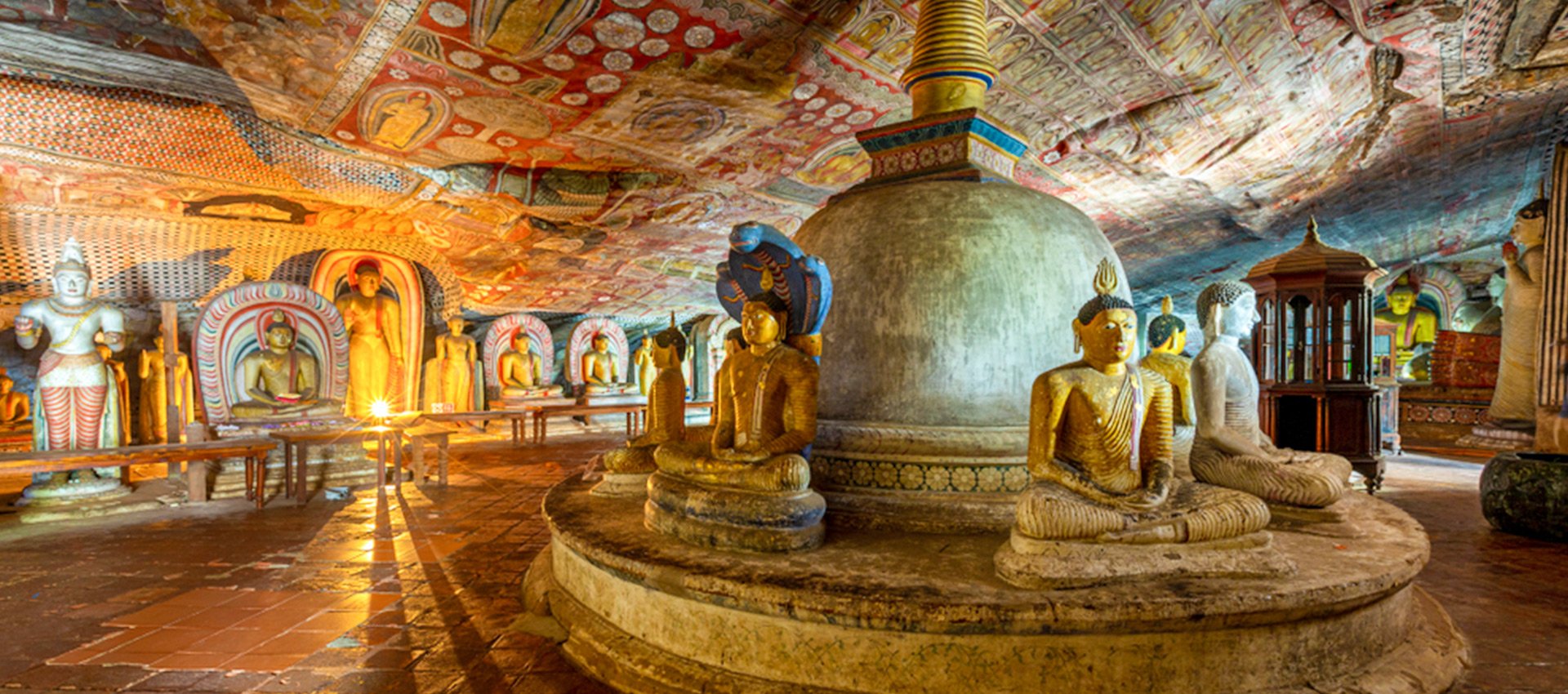The cultural triangle is largely situated within a dry zone. The southern town of Dambulla experiences the most rainfall while Sigiriya and Polonnaruwa, to the north, are much dryer and have their highest rainfall in November and December when the less-severe Maha monsoon hits the east coast. The days are shortest at this time, barely reaching 12 hours of daylight, and the weather is sweltering so choose your accommodation wisely. Dambulla is also wet in October and it is advisable to head further north. For the most part, though, conditions in the cultural triangle remain fairly arid with plentiful sunshine (averaging around eight hours a day over the year) and often lower humidity levels than in many other areas. April and May are particularly hot. Holidaymakers during May and June may experience the hot, strong winds that help keep the south-western monsoon in the south and west at bay.
Sri Lanka is affected by two separate monsoons which generally means that there is usually good weather somewhere on the island. Traditionally, the best time to visit the west and south coasts and hill country is from December to April, while the best weather on the east coast is from April/May to September.
Best month to visit the Cultural Triangle: March
| Average high °C | Average low °C | Average rain / m mm | Average rain days / m | Average sun hours / month | |
|---|---|---|---|---|---|
| Jan | 27 | 21 | 140 | 12 | 160 |
| Feb | 28 | 21 | 90 | 9 | 200 |
| Mar | 31 | 22 | 80 | 9 | 270 |
| Apr | 32 | 24 | 155 | 14 | 270 |
| May | 32 | 25 | 113 | 13 | 270 |
| June | 31 | 25 | 48 | 11 | 220 |
| July | 31 | 24 | 56 | 12 | 220 |
| Aug | 31 | 24 | 70 | 13 | 285 |
| Sept | 31 | 24 | 90 | 14 | 285 |
| Oct | 30 | 23 | 264* | 17 | 245 |
| Nov | 28 | 22 | 284 | 17 | 195 |
| Dec | 27 | 21 | 230 | 16 | 160 |
| Year | 30 | 23 | 135 | 13 | 230 |
*Note: Figures are based on Dambulla. Sigiriya and the ruined cities of Polonnaruwa and Anuradhapura, to the north, are considerably dryer, averaging 80mm a month with similar sunshine hours



